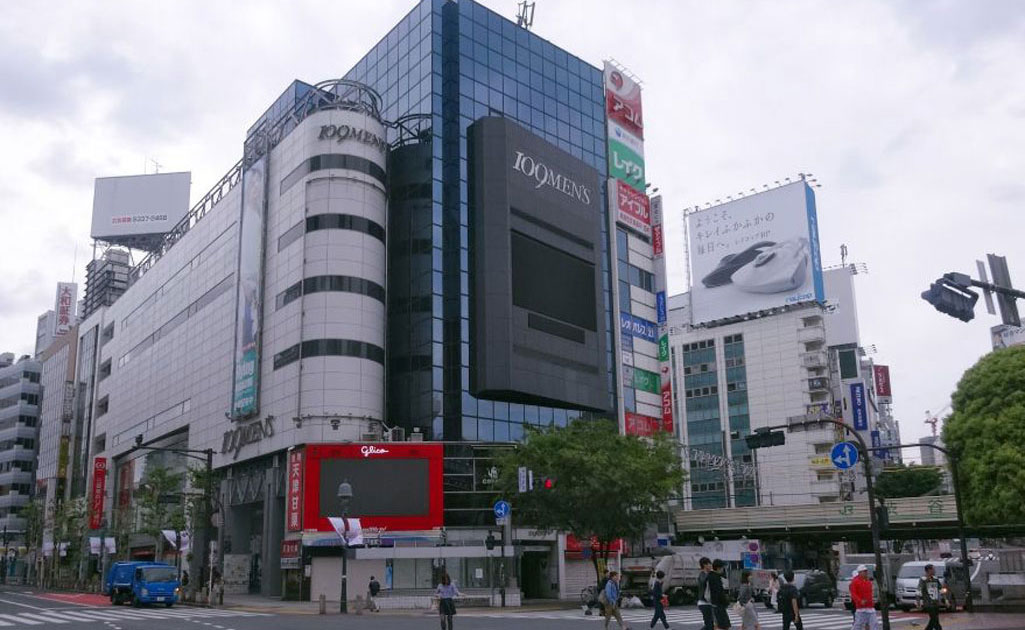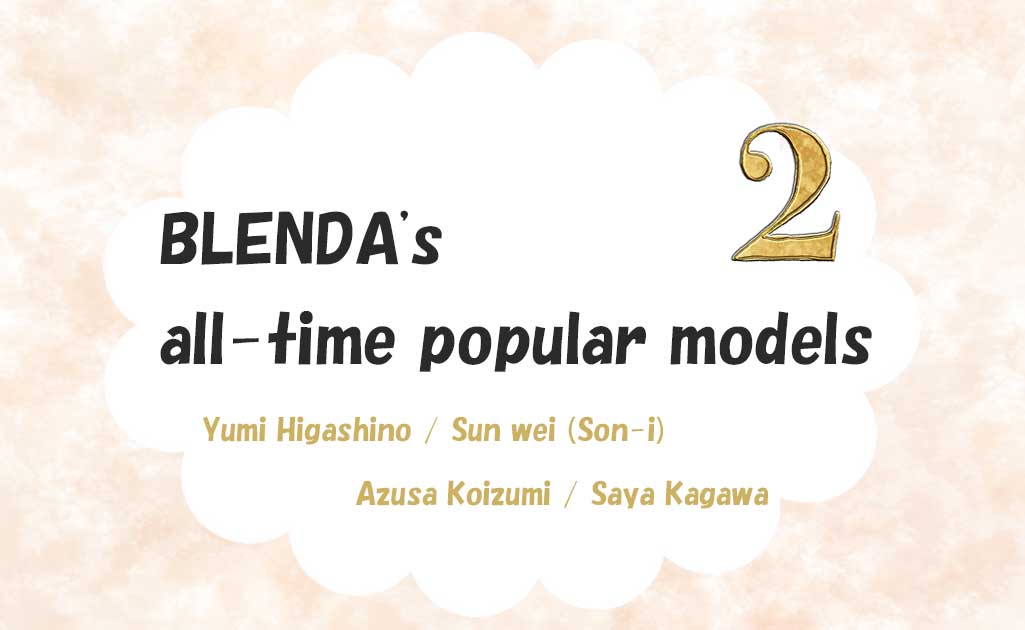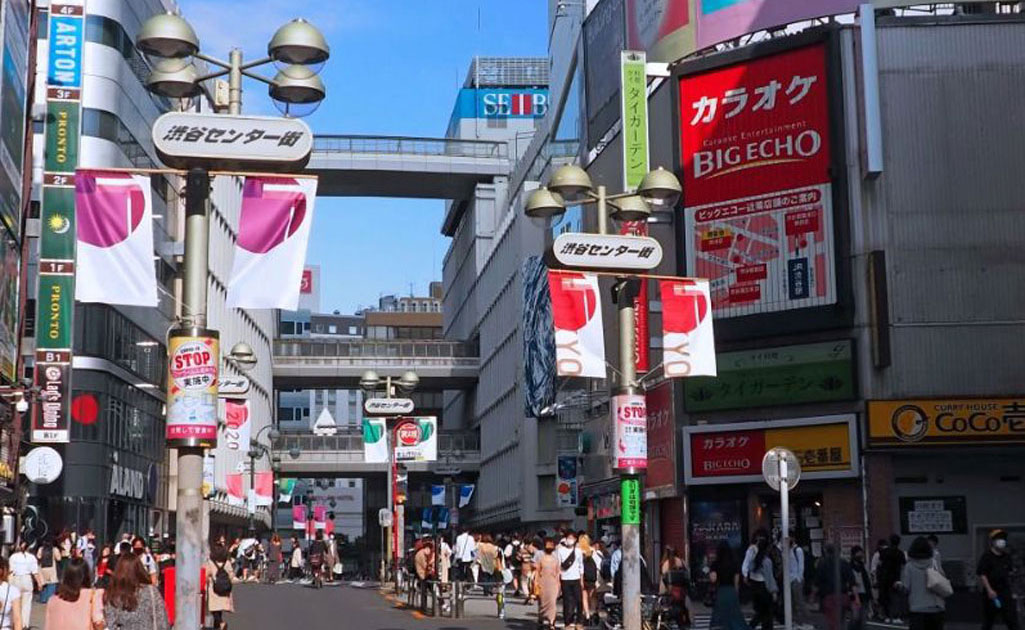A Gyaru-o refers to men who adopted fashion styles designed to attract gyaru, originating in Shibuya during the late 1990s.
Thanks to the influence of the magazine Men's egg, this culture gained momentum among teenagers nationwide, riding on a wave of youthful energy and enthusiasm.
However, the popularity of the typical gyaru-o faded with the discontinuation of Men's egg.
Even so, the gyaru-o style continued to evolve, branching into substyles with different names while retaining its essence, influencing modern youth fashion and mentality.
What is a Gyaru-o?
In simple terms, a gal man is simply the male version of a gal.
This style began in the late 1990s, around the same time as kogal fashion, with flashy men sporting surfer and American casual styles primarily in Shibuya.
In 1999, the launch of the men's fashion magazine Men's egg significantly contributed to the rise of gyaru-o culture, becoming popular among teenage and twenty-something men nationwide.
Later, substyles like "Center GUY" (2003) and "Onii-kei" (2004) emerged.
However, with the end of Men's egg in 2013, the loud and bold gyaru-o culture of its early days began to fade.
Features of a Gyaru-o
Tanned Skin
Early gyaru-o were often surfers, so their skin was typically tanned.
Many gyaru-o frequented tanning salons to maintain their bronzed look.
As the ganguro trend took hold among gyaru, gyaru-o also embraced darker tans.
However, with the rise of Onii-kei, the "must-have tanned skin" concept became more flexible.
Bold Hairstyles
| Hair Color | Ranges from black to blonde, with shades of brown and highlights or mesh styles being popular. |
|---|---|
| Hair Style | Medium-length and wolf cuts (shorter on top, longer at the nape), often styled to add volume at the crown, were the norm. |
Slim Builds
Gyaru-o were typically slim and lean, which complemented the tight-fitting fashion styles of the time.
It’s likely that a slender figure was seen as essential for pulling off the gyaru-o look.
Popular Fashion Styles
Popular styles included American casual (Ame-kaji), surfer-inspired, and Onii-kei.
The men’s fashion brands housed in Shibuya 109-2 (the men’s section of Shibuya 109) were especially popular.
Flashy styles designed to appeal to gyaru dominated their wardrobe choices.
The following accessories were popular.
American casual : Feather or eagle motifs
Surfer: Hawaiian jewelry
Onii-kei: Chunky, bold pieces from brands like Justin Davis or Chrome Hearts.
Large, eye-catching accessories were favored, though some gyaru-o went overboard by piling on numerous items.
High Social Skills
Gyaru-o were known for their unique way of speaking, often peppered with gyaru language.
They exuded high energy and charisma, excelling in communication.
Their outgoing personalities, combined with looks that appealed to gyaru, often made them the center of attention among the gyaru community.
They were frequently spotted hanging out in groups in Shibuya’s Center Street, creating a lively atmosphere.
Gyaru-o were as fashion-conscious as their gyaru counterparts, showing meticulous attention to detail in clothing, accessories, and hairstyles.
Many adopted this style to appeal to gyaru, proving how closely the two subcultures were intertwined.
Although the gyaru-o culture has declined over time, the resurgence of interest in gyaru culture in recent years offers hope for a revival of gyaru-o as well.


